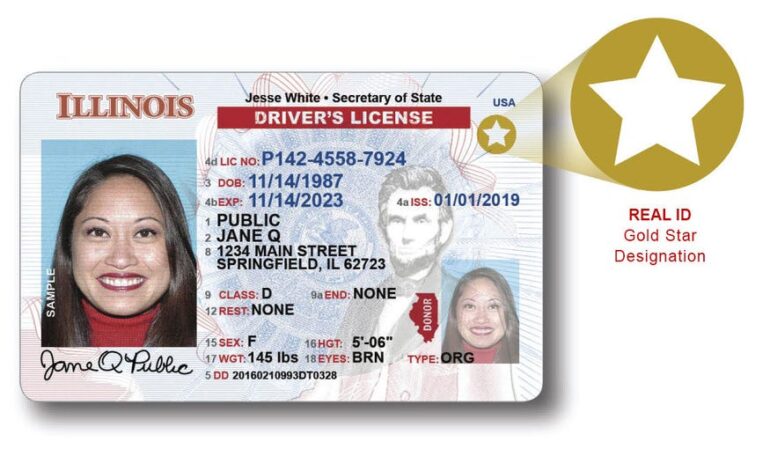It’s a change nearly 20 years in the making: a post-Sept. 11 law requiring that U.S. travelers carry more than a standard driver’s license to board a domestic flight. Now, after years of delays, it is finally kicking into gear.
Beginning May 3, 2023, U.S. travelers flying within the United States will need to show Transportation Security Administration agents either a security-enhanced driver’s license that’s Real ID-compliant or another T.S.A.-approved form of identification like a passport. A state driver’s license that does not contain the Real ID seal will no longer be accepted.
What is Real ID, anyway?
Real ID is a driver’s license or identification card that bears a special seal, which signifies that the bearer of the card has been screened and approved according to a standard set by the federal government, rather than just by the state issuing the license.
Why is this change taking place?
In the wake of the Sept. 11 attacks, the U.S. government realized that nearly all of the hijackers who boarded commercial planes and crashed them into the World Trade Center in New York, the Pentagon in Washington, D.C., and a field in Shanksville, Penn., were carrying U.S. driver’s licenses and state IDs, and most of those documents had been obtained fraudulently.
In the years that followed, the federal government began an effort to tighten national standards for state-issued documentation, and in 2005, Congress passed the Real ID Act. The act sets minimum standards for driver’s licenses and other types of identification cards. Once the law kicks into gear, any traveler who wishes to use a driver’s license or state-issued ID at a T.S.A. checkpoint must make sure that it is Real ID-compliant.
“The findings of the 9/11 Commission clearly identified gaps in security management of state-level procured identity cards and driver’s licenses,” said Frank Harrison, the North America regional security director for World Travel Protection, a risk management company. “The Real ID Act provides a national framework of screening and approval to ensure consistency and integrity of programs. In other words, each state will maintain authority over their ID issuances, but they collectively will adhere to one standard of practice.”
The Real ID Act was initially set to be enforced in 2008 and has been delayed a number of times.
“It’s remarkable how long it has taken for this to come into effect,” said Scott Keyes, the founder of the travel platform Scott’s Cheap Flights. “It’s been decades in the making.”
How do I know if my license is a Real ID?
The easiest way to tell is just to look at it. Real ID-compliant driver’s licenses have a star, usually in gold or black. The stars look slightly different on each state’s licenses — in California, it sits on top of an image of a bear, which is the state animal — but it’s always located in the top right corner.
A license that is not Real-ID compliant will not have a star in the corner, and some will also have the words “federal limits apply.”






